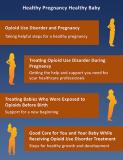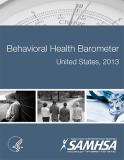
This poster is for clients and their family members in OUD treatment who are pregnant or who are currently not pregnant but of childbearing age.
Units per Product
Download
Pregnant or Thinking of Having a Baby - Poster
File Type: PDF
File Size: 274 KB






